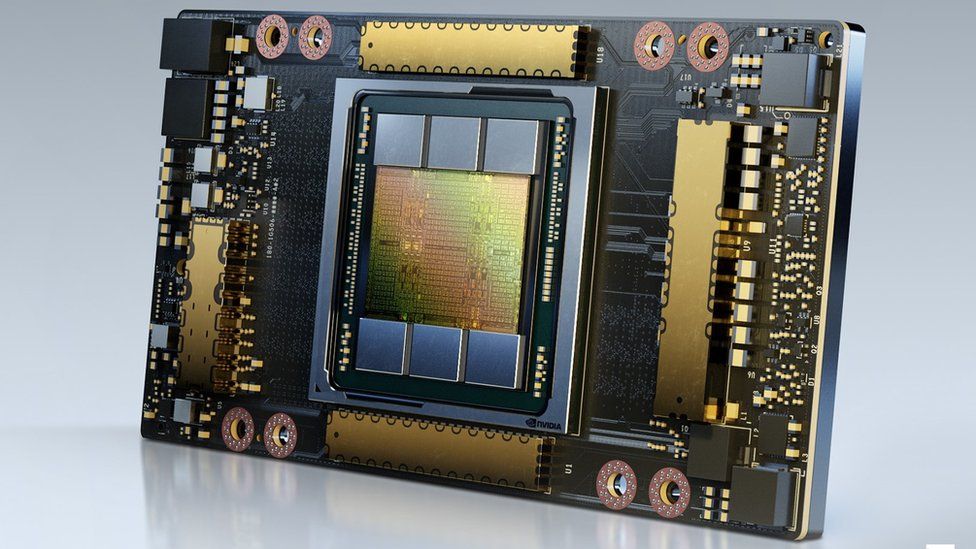In the ever-evolving realm of technology, certain companies rise above the rest, reshaping industries and pushing boundaries. Nvidia, a California-based hardware company, has accomplished just that. What started as a manufacturer of computer chips primarily for graphics processing in gaming has transformed into a global powerhouse driving the AI revolution. Nvidia’s hardware and innovative approach have propelled it to the forefront of artificial intelligence, revolutionizing the landscape of AI applications and research.
Graphics Processing Units (GPUs)
Unleashing the Power of Parallel Processing: Nvidia’s journey to becoming an AI superpower began with the development of Graphics Processing Units (GPUs) in the late 1990s. Initially designed to enhance graphics for gaming and other applications, GPUs showcased their exceptional parallel processing capabilities. Researchers at Stanford University discovered that GPUs could accelerate mathematical operations in ways traditional processing chips could not.

Making GPUs Programmable: Recognizing the untapped potential of GPUs, Nvidia’s CEO, Jensen Huang, made a pivotal decision in 2006 to make their GPUs programmable. By creating a tool that unlocked the parallel processing capabilities of GPUs beyond graphics, Nvidia opened the door to high-performance computing on consumer hardware. This breakthrough enabled early advancements in artificial intelligence by significantly accelerating neural network processing.
Early Breakthroughs and Expansion into AI
The realization that GPUs could dramatically expedite AI training processes spread among computer scientists, prompting a surge in GPU adoption for AI workloads. In 2012, Nvidia’s GPUs played a crucial role in the unveiling of Alexnet, an AI model capable of classifying images. The speed and efficiency of GPU-accelerated training were instrumental in propelling the progress of modern AI.
Investment in AI-Specific Hardware and Software
Capitalizing on its early success, Nvidia invested heavily in developing GPUs specifically tailored for AI applications. Alongside hardware advancements, Nvidia focused on creating software tools that simplified the use of AI technology. This comprehensive approach cemented Nvidia’s position as the leader in AI hardware and solutions.
Dominating the AI Market
Nvidia’s commitment to AI has paid off handsomely. The company currently boasts a staggering 95% share of the GPU market for machine learning. In 2020, its AI business generated approximately $15 billion in revenue, surpassing gaming as its primary source of income. As the demand for AI continues to surge, Nvidia’s shares soared nearly 30% following its recent first-quarter results announcement.
Competition and the Future
While Nvidia’s dominance in the AI market is indisputable, it faces growing competition from other semiconductor companies. AMD and Intel, renowned for their central processing units (CPUs), have also entered the AI hardware arena. Additionally, tech giants like Google and Amazon have developed their own AI-specific chips. Meanwhile, startups like Graphcore are striving to challenge Nvidia’s supremacy with novel AI-focused chip designs.
Nvidia’s transformation from a chip maker focused on graphics processing to an AI superpower has reshaped the technology landscape. By recognizing the potential of GPUs for AI applications and investing in AI-specific hardware and software, Nvidia has revolutionized the way artificial intelligence is developed and deployed. As the company continues to push the boundaries of AI innovation, its contributions will undoubtedly shape the future of technology, unlocking new possibilities and driving advancements across various industries.




